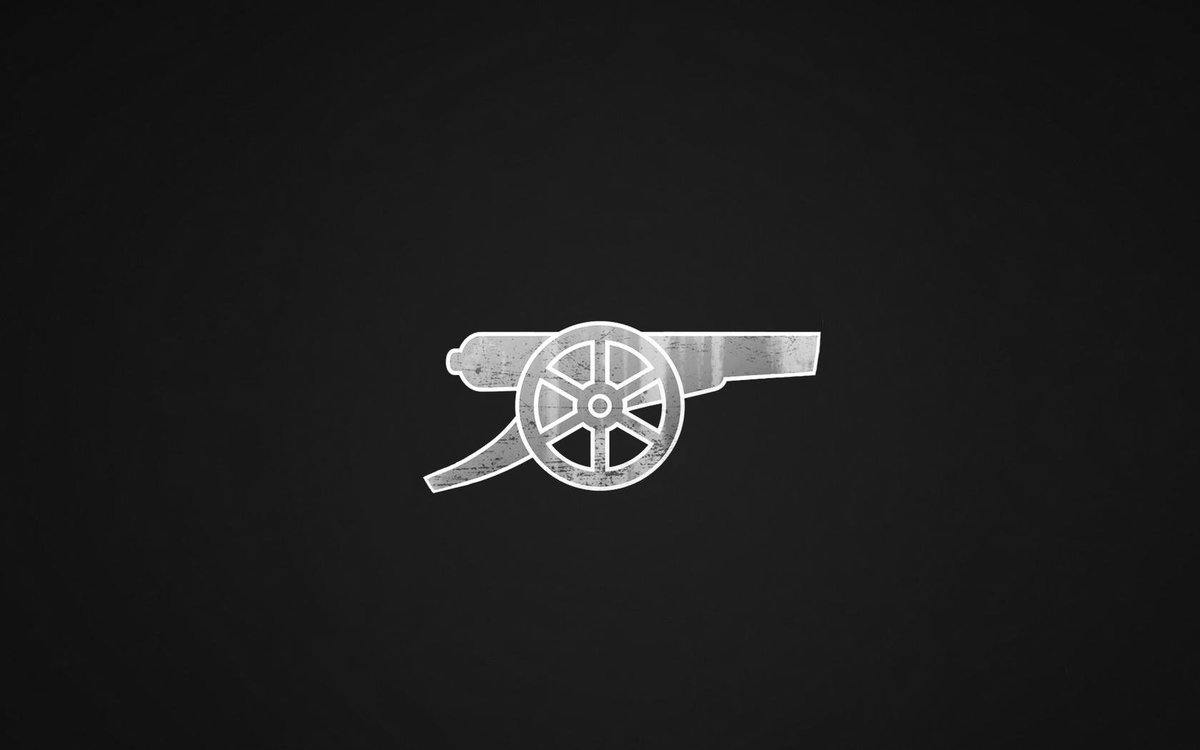India in dire need to eschew 2019 WC model for avoiding identical WT20 debacle

Here we go again. A major ICC tournament beckons and team India, despite plenty of holes in the team, will enter the tournament firmly as favorites. But the question is, can they, this time around, actually fix them on time to finally get a taste of glory after seven long years?
The answer should be pretty straightforward, but unfortunately, with India, it’s never the case, is it? In the past four years, India, despite being clear-cut favorites heading into each of the three ICC tournaments that took place, have let the trophy slip right out of their hands. They’ve had the trophy at their mercy, almost reminiscent to Oberyn Martell having the Mountain at the mercy of his spear in Game of Thrones, but just like the former, have somehow always ended up getting their heads crushed unexpectedly to break the hearts of a billion people and leave them in horror.
Oberyn’s cockiness was what led to his downfall, but can the same be said about team India? I’ll leave that to you. However, from dissecting their past few campaigns in ICC tournaments, we know one thing: they do not solve their problems on time. From resting players to switching roles to throwing around new faces, we’ve seen it all in the past. Now, with the World T20 less than a year away, the real question still lies in the open - how much of it is actually being done with the preconception of solving the problems in the team?
India have, in the past, often been guilty of experimenting too much ahead of major tournaments, so much so that they have found themselves entering the actual tournament without a definitive answer. There can be no better example than the 2019 World Cup, where they monumentally butchered the team combination - both ahead of and during the competition - to unimaginable extents. A plethora of players were tried out in different positions but the end result was nothing but a catastrophe.
After building up towards the tournament with Ambati Rayudu as the No.4, Kedar Jadhav as the finisher and Kuldeep Yadav as the second-spinner, India finished the tournament with Rishabh Pant as their No.4, Ravindra Jadeja as their second-spinner and Dinesh Karthik as their finisher. India made more tweaks to the team in one month than Ernests Gulbis did to his forehand technique over the entirety of the last decade. Of course, injuries did not help the team’s cause, but at times, the lack of direction in the team made them look like Arsenal under Unai Emery.
So, here we are, once again, with exactly a year left for the showdown. The ‘resting’, the experimentation and the chopping and changing have all begun and words like ‘one for the future’, ‘needs to be given a chance’, ‘not good enough’ are being thrown around. Hardik Pandya is injured, Rohit is the captain every alternate series, youngsters are putting their hand up and of course, Manish Pandey is once again back in the fray. Que the Déjà vu.
But India, unlike every other country, are spoilt so much with quality and options, that they are basically guaranteed a semi-final spot prior to the start of any major tournament. This is what gives them the luxury of experimentation in the first place and whilst till date, they’ve gotten it all wrong, they know that if they get it right, they would be nothing but unstoppable.
So, here comes the million dollar question - what can they do to get it right? The answer is simple - use the 2019 World Cup campaign as the model for what NOT to do. Experimentation done without an end goal is nothing but the cricketing equivalent of ‘fooling around’ as more often than not, it leads to nothing productive.
By no means will the challenge be easy. There needs to be planning - both at the micro and macro level - and for that, the existing problems would need to be scrutinized, accepted and addressed. As much as the whole Indian team goes on about how a ‘forgettable 15 minutes’ cost them the game against New Zealand in the World Cup, the truth of the matter is that the result was nothing but a collective failure, a coming together of all the problems the management chose to ignore and a consequence of all the decisions they’d taken.
With roughly 25 more matches left before next year’s showdown, the management can ill-afford to do the same. They will need to be crystal clear on the areas they think need addressing and the pool of players who will make the final cut while ensuring to shut the window of experimentation down before the IPL.
The IPL, at best, should serve as an outside chance for a bolter within the pool of shortlisted players to put his hand up as a backup player and not as an audition for a place in the starting XI at the World Cup. Leading up to the WT20, the real challenge for the management will be zeroing in on both the right players and the final combination well before the IPL and give the players an extended run in the team, whilst also making their roles clear.
Planning and strategizing aside, patience and trust play an integral part in success and in the 2019 WC, India committed the heinous crime of pressing the panic button way too early. While Rayudu was hard done by with the squad selection, two players, Kuldeep Yadav and Kedar Jadhav, who were groomed for no less than two years, were mercilessly chucked out of the team after one bad performance.
Recency bias snuck in, too, as KL Rahul, who was initially picked in the squad as a backup opener, was given the nod ahead of Vijay Shankar for the No.4 position thanks to his century in a warm-up match prior to the tournament. Meriting players based on their form is one thing, but using warm-up games as a shootout for a spot in the starting XI of a World Cup game almost beggars belief.
Hence as to why shortlisting the personnel and defining their roles becomes all the more important, as it not only gives the skipper and the management enough time to try and test out each and every one of them, but also gives the players the added security and a sense of belonging. It is indeed ironic as India have cracked this very mantra in Test cricket, but have been struggling to replicate the same in white-ball cricket for almost a decade.
India, from the minuscule sample set of what we’ve seen in the series against West Indies, South Africa and Bangladesh, so far have ticked all boxes and seem to be heading in the right direction. But so was the case a year before the 2019 WC, after which they astronomically diverted path before eventually derailing from the track.
The challenge for the team will now be to identify the DOs and DONTs, build on this and transform it into something substantial leading up to the WT20. While the 2019 WC defeat was a crushing one, it is also an invaluable lesson for the team which they can use as the perfect “DON’T” heading into the WT20 next year. But failure to do so will result in a similar, tragic heartbreak and Virat & Co. will need to be wary of it.

Comments
Sign up or log in to your account to leave comments and reactions
0 Comments